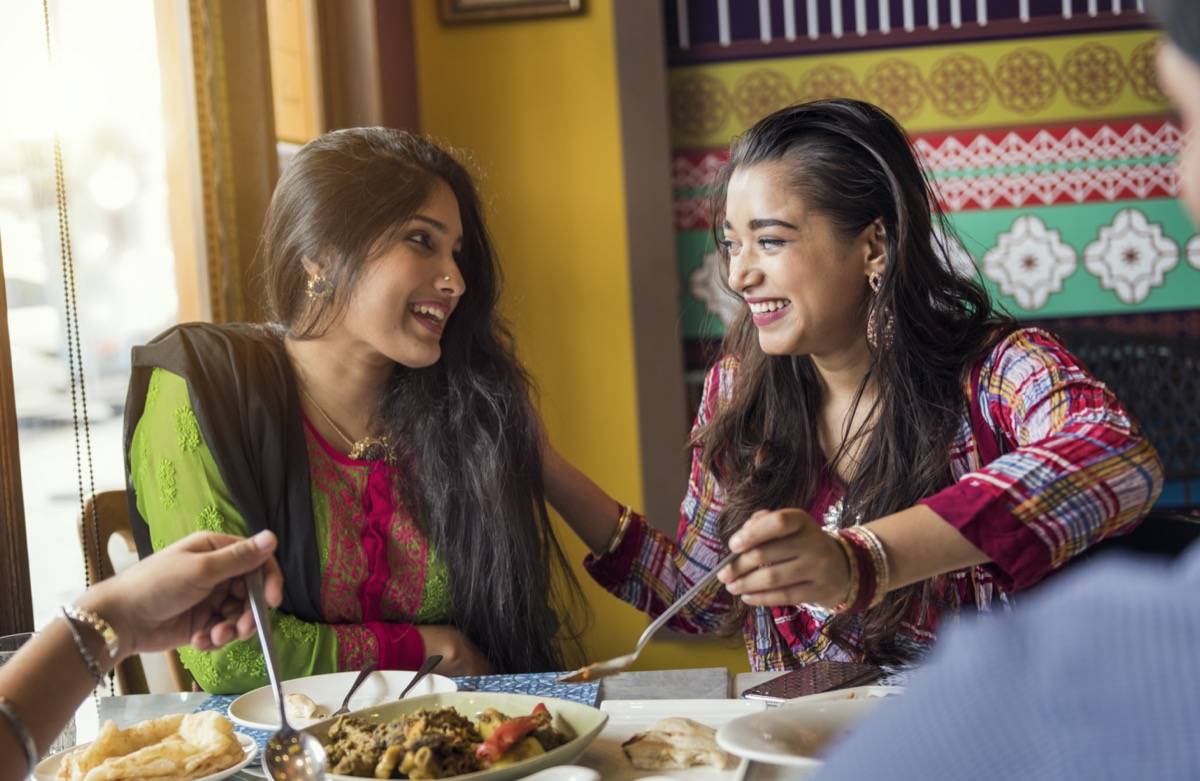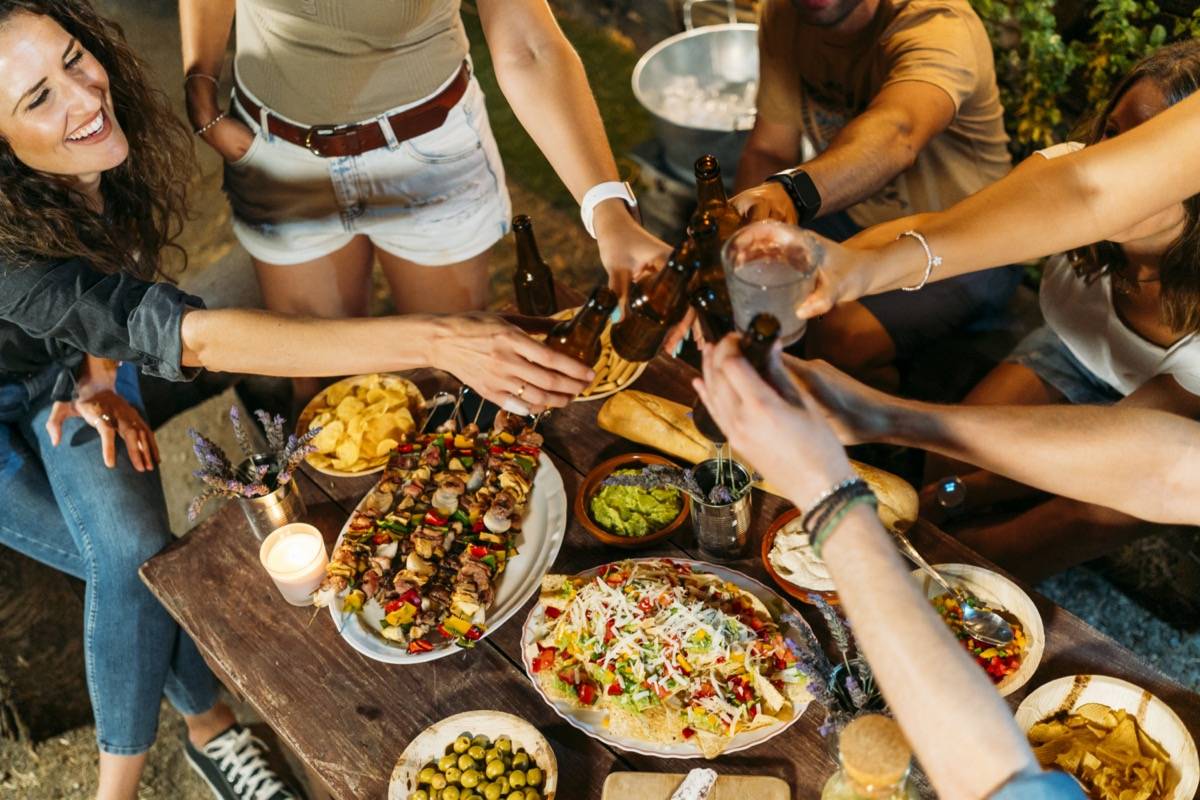Dive into the vibrant world of Peruvian food, where history, culture, and flavor collide. Discover the rich tapestry that defines this culinary journey.
What if you could embark on a culinary journey that transports you to the heart of South America? The diverse and vibrant flavors of Peruvian food offer a unique experience that reflects the country’s rich cultural history, geographical variety, and the fusion of indigenous and international influences.
The Historical Context of Peruvian Cuisine
Understanding Peruvian food is essential for appreciating its depth and complexity. The history of Peru is marked by the rise and fall of ancient civilizations, most notably the Incas, whose influence can still be felt in the country’s culinary practices today.
Indigenous Ingredients and Techniques
Peruvian cuisine is heavily influenced by its indigenous roots. Staples such as potatoes, corn, and quinoa have been grown in the region for thousands of years. Each component is deeply embedded in the local culture, offering unique textures and flavors that reflect the varied landscapes of the country.
- Potatoes: Peru is home to over 4,000 potato varieties, making it the birthplace of this beloved tuber. Each variety adds a different flavor and texture to dishes.
- Corn: Known as ‘maíz,’ corn is another critical ingredient in Peruvian cooking. Varieties such as ‘choclo’ (giant kernel corn) have unique uses in various traditional dishes.
- Quinoa: Often dubbed a superfood, quinoa has been cultivated by Andean civilizations for centuries and has made a resurgence in modern healthy eating.
The Impact of Colonialism
The arrival of Spanish colonizers in the 16th century brought new ingredients such as wheat, rice, and domesticated animals like pigs and cows to Peru. This fusion resulted in the birth of several new dishes that are staples in Peruvian cuisine today.
In addition to ingredients, the techniques introduced by the Spanish shaped cooking methods. Roasting, frying, and baking became prevalent, leading to a diverse array of culinary practices that blended indigenous and foreign elements.
The Regional Diversity of Peruvian Food
Peruvian cuisine varies significantly from one region to another. This diversity is a reflection of the country’s geographical scope, from the mountainous Andes to the coastal beaches, to the lush Amazon rainforest.
Coastal Cuisine: A Seafood Paradise
The coast of Peru offers an abundance of fresh seafood that informs many traditional dishes. Given its proximity to the ocean, Peruvian coastal cuisine stands out for its focus on marine ingredients.
- Ceviche: Perhaps the most famous Peruvian dish, ceviche consists of raw fish marinated in citrus juices, typically lime, and seasoned with onions and chili peppers. Served as an appetizer, it perfectly highlights the freshness of coastal ingredients.
| Ceviche Variations | Description |
|---|---|
| Ceviche clasico | Traditional raw fish marinated in lime juice, often served with sweet potato or corn. |
| Tiradito | Similar to ceviche but with a different preparation, featuring fish fillets and a spicy sauce. |
| Ceviche de conchas negras | Uses black clam as the main ingredient, offering a distinct flavor and texture. |
- Arroz con Mariscos: This dish combines rice with various seafood, cooked together with spices, giving it a rich flavor that reflects the ocean’s bounty.
Andean Cuisine: A Taste of the Highlands
In contrast, the Andean region showcases dishes that reflect the agricultural richness of the highlands. The focus here is on hearty ingredients that sustain life at high altitudes.
- Causa: A versatile dish made from yellow potatoes, seasoned with lime and aji pepper, often served with avocado and tuna, chicken, or shellfish.
- Pachamanca: This traditional dish involves cooking meats and vegetables in an underground oven, using heated stones. It embodies the connection between sustenance and the earth, honoring the Andean goddess of fertility, Pachamama.
Amazonian Cuisine: The Richness of the Rainforest
The Amazon region introduces unique flavors that are distinct from the coastal and Andean cuisines. Here, you will find rare ingredients influenced by the lush biodiversity of the rainforest.
- Juane: A dish that consists of rice, chicken, olives, hard-boiled eggs, and spices, wrapped in bijao leaves and boiled. It is a celebration of the Amazon’s vibrant ingredients.
- Tacacho con Cecina: A hearty dish made with plantains that are roasted and mashed, served alongside jerky-like cured pork. It highlights the resources that the Amazon offers while keeping traditional flavors at the forefront.
The Fusion of Flavors: A Culinary Melting Pot
When discussing Peruvian cuisine, one cannot overlook the impact of immigration. Waves of migrants from Asia, Europe, and Africa have contributed their culinary traditions and ingredients, enriching the already diverse Peruvian food landscape.
Asian Influences: Nikkei Cuisine
Peru has a significant Japanese community, leading to the rise of Nikkei cuisine—a perfect blend of Japanese and Peruvian culinary techniques.
- Nikkei Sushi: Traditional sushi is reimagined with Peruvian ingredients such as avocado, spicy rocoto sauce, and local fish.
- Tiradito with Asian Sauces: A fusion dish that creatively marries traditional tiradito with ingredients like soy sauce and wasabi, showcasing the versatility of Peruvian cooking.
Afro-Peruvian Cuisine: Preserving Traditions
The influence of African slaves brought to Peru has left an indelible mark on the culinary landscape through dishes that incorporate bold flavors and cooking techniques.
- Seco de Res: A hearty beef stew flavored with cilantro, a dish deeply rooted in Afro-Peruvian tradition, often served with rice or beans.
- Tacu Tacu: A dish that combines rice and beans, flavored with spices. It is often served with a fried egg on top, demonstrating a comforting yet culturally significant meal.
Contemporary Peruvian Cuisine
In recent years, Peruvian food has gained international recognition, thanks in part to renowned chefs who have brought traditional dishes to the world stage. Today’s Peruvian cuisine often features innovative presentations and adaptations while maintaining strong ties to its roots.
The Influence of Celebrity Chefs
Chefs like Gastón Acurio, Virgilio Martínez, and Mitsuharu Tsumura have played pivotal roles in modernizing Peruvian cuisine. Their restaurants showcase indigenous ingredients presented in new and creative ways, elevating traditional dishes to gourmet status.
| Chef | Restaurant | Notable Dish |
|---|---|---|
| Gastón Acurio | Astrid y Gastón | Causa with a twist |
| Virgilio Martínez | Central | Tasting menus highlighting local biodiversity |
| Mitsuharu Tsumura | Maido | Nikkei-inspired dishes |
The Global Impact
The popularity of Peruvian food has spurred a rise in restaurants worldwide, with many diners seeking authentic experiences. This global interest further propels the creativity seen in modern kitchens, pushing chefs to experiment with flavors and techniques.
The Role of Ingredients in Peruvian Cuisine
A deep understanding of Peruvian food requires an appreciation of the ingredients that define it. Each element plays a vital role in creating the robust flavors synonymous with this culinary tradition.
Fresh Herbs and Spices
The use of herbs and spices is essential in amplifying the flavor profiles of dishes. Among the most notable ingredients are:
- Aji Amarillo: This yellow chili pepper is a cornerstone of Peruvian cooking, providing a gentle heat and distinct fruity flavor.
- Cilantro: Frequently used in both fresh and cooked dishes, cilantro adds brightness and complements various flavors.
- Huacatay: Also known as black mint, this herb is often used in salsas and sauces, adding a unique flavor that is distinctly Peruvian.
Staples of Peruvian Cooking
Beyond the herbs and spices, staple ingredients can be classified into several categories:
| Category | Ingredients |
|---|---|
| Grains | Potatoes, quinoa, rice |
| Proteins | Fish, chicken, pork, beef |
| Vegetables | Corn, pumpkin, sweet potatoes |
| Fruits | Avocado, mango, lúcuma |
These staple ingredients work in harmony to create the complex and beloved dishes that you enjoy.
The Cultural Significance of Food in Peru
Food in Peru goes beyond mere sustenance; it is a reflection of identity, culture, and community. The meals you share with family or friends represent a tapestry of history woven together through generations.
Traditional Celebrations
Peruvian culture celebrates many festivals and rituals that revolve around food. Whether it’s a wedding, a national holiday, or a simple family gathering, food plays a central role in these events.
- Inti Raymi: The Festival of the Sun, celebrated in Cusco, features traditional foods that honor the Inca traditions. Meals shared during this festival are a reflection of deep cultural roots.
- Día de la Canción Criolla: Celebrated in October, this day pays homage to Afro-Peruvian culture through music and traditional foods, such as arroz con pollo and suspiro a la limeña.
Family Traditions
Food also serves as a medium through which family traditions are passed down. Recipes are often kept within families, with each generation adding its own flair while adhering to traditional methods. The act of cooking itself can be a cherished family ritual.
Embracing Peruvian Cuisine at Home
If you are inspired to incorporate Peruvian flavors into your own kitchen, understanding essential techniques and recipes is a significant first step.
Key Cooking Techniques
- Marinating: Marinating fish for ceviche is critical in creating the right texture and flavor. The acid from citrus juices essentially “cooks” the fish without heat.
- Slow Cooking: Many traditional dishes require slow cooking, either in stews or roasted, allowing the flavors to meld beautifully.
- Use of Local Ingredients: Emulating the Peruvian approach to cooking means using fresh, local ingredients whenever possible. This contributes to the quality and authenticity of your dishes.
Simple Peruvian Recipes to Try
Ceviche Recipe
Ingredients:
- 1 lb fresh fish fillet (like sea bass)
- 1 cup freshly squeezed lime juice
- 1 onion, thinly sliced
- 1-2 aji amarillo peppers, sliced
- Salt and pepper to taste
- Fresh cilantro for garnish
Instructions:
- Cut the fish into cubes and place it in a glass bowl.
- Add lime juice, onion, aji amarillo, salt, and pepper. Mix well and let it marinate for about 15 minutes.
- Serve chilled, garnished with fresh cilantro.
Lomo Saltado Recipe
Ingredients:
- 1 lb beef sirloin, sliced
- 2 tbsp soy sauce
- 1 onion, sliced
- 2 tomatoes, sliced
- 2 cups French fries
- 2 cups cooked rice
- Fresh cilantro for garnish
Instructions:
- Heat oil in a pan over high heat and add the beef, cooking until browned.
- Add soy sauce, onions, and tomatoes, cooking until soft.
- Serve with French fries and rice, garnished with cilantro.
Join the Culinary Adventure
Incorporating elements of Peruvian cuisine into your cooking not only enhances your palate but connects you with a rich culture that celebrates diversity, creativity, and tradition. Understanding the ingredients and techniques allows you to appreciate the depth of flavors that this cuisine offers.
Conclusion: A Journey Through Flavor
The rich tapestry of Peruvian food presents a flavorful journey marked by history, diversity, and cultural significance. Each dish tells a story, weaving together influences from across the globe while celebrating indigenous ingredients and traditions.
Whether you are savoring a plate of ceviche or preparing a hearty lomo saltado at home, you are partaking in a culinary tradition that continues to evolve. The celebration of flavor and culture that defines Peruvian cuisine is a testament to the power of food as a unifying force that brings people together, one delicious bite at a time.





